Overview
Map
Other Details
دير مار جرجس - راشكيده
Rachkida
Batroun
North
يعود بنا هذه الكنيسة إلى القرون الوسطى وتتألف من كنيستين:الكنيسة القديمة جدرانها مكسوة بالجداريات. هي من النوادر في العمارة الكنيسة لأن فيها حنيتان يتوسطهم رسم المصلوب. مواضيع الجداريات: الشفاعة، العذراء على العرش محاطة بمار بطرس وبولس، ذبيحة النبي ابراهيم، آثار لجدرانيات أخرى باتت مندثرة.اما الكنيسة الثانية فهي أحدث عهداً ملاصقة للأولى، مبنية على النمط البازيليكي بثلاث اسواق، وامامها رواق بالحجر المعقود.بقيت الكنيسة مستخدمة الى القرن التاسع عشر حين نزح آخر موارنة البلدة. ومنذ عام ٢٠١٢ انطلق مشروع ترميم الكنيسة.This church is built in the medieval ages, and is composed of two parts:The old church has walls filled with frescoes. It is one of the very rare churches in which you can see the crucified drawn between two naves.The drawings are as follows:The Deisis, Mary the throne of wisdom, surrounded by Saints Peter and Paul, Abraham's sacrifice, in addition to different frescoes that are damaged and can hardly be seen now.The second church is just next to the first, but built in a later era, in a basilical form with three aisles.The church was still in use by the maronite community until the 19th century.Since 2012 a project to renew the church was launched.
Visited 2217 times, 3 Visits today



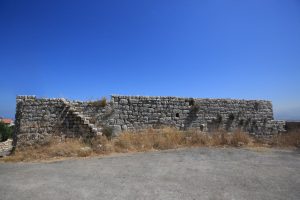
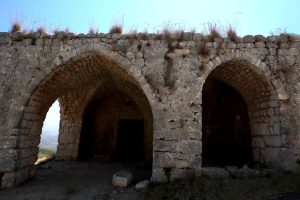
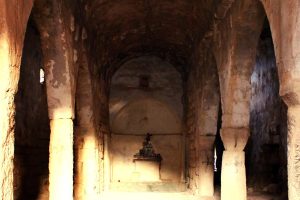
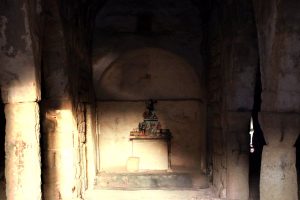
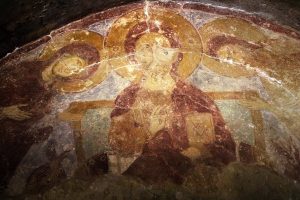
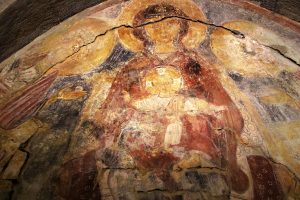
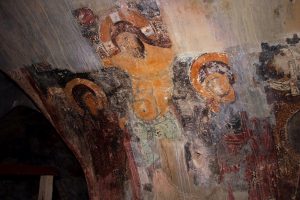










Reviews are disabled, but trackbacks and pingbacks are open.